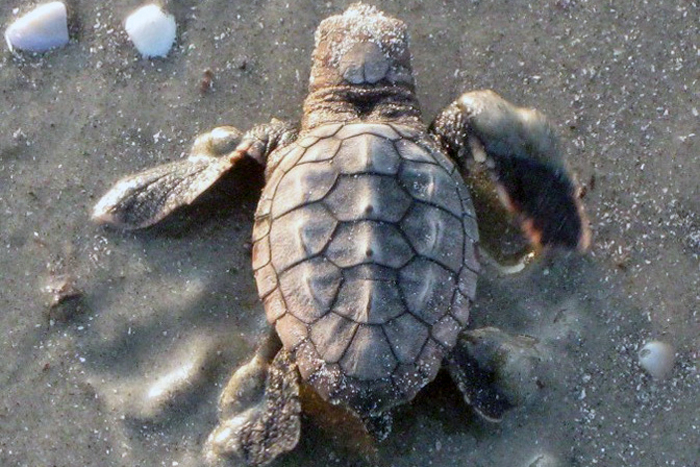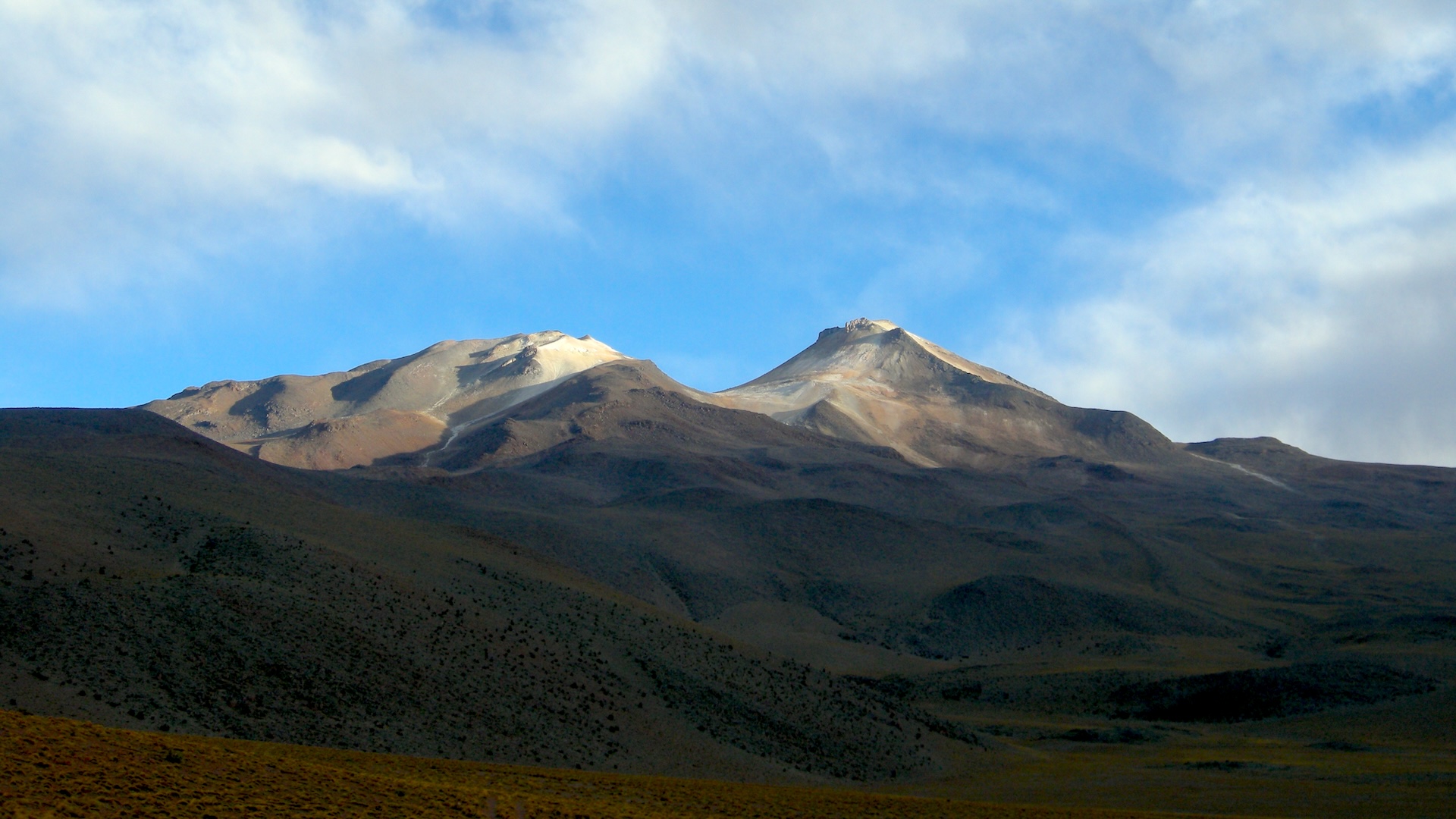
What Do Turtles Eat?

Turtles, like the humans who love them, are a diverse bunch. There are over 300 species of this ancient reptile, and each one has its own preferred diet.
Some turtles are carnivores, while others follow a strictly vegetarian diet. Most turtles, however, are omnivores, eating both animals and plants.
What a turtle eats depends on its species — specifically, what kind of jaw it has for masticating (chewing) food, where it lives and what food sources are available to it. Sea turtles, depending on the species, may eat seagrasses, algae, sponges, sea squirts, squid, shrimp, crabs, jellyfish, cuttlefish or sea cucumbers. For instance, leatherback sea turtles (Dermochelys coriacea), which can reach a whopping 1,100 pounds (500 kilograms) use their scissorlike jaws to munch on a jellyfish-only diet, according to the Sea Turtle Conservancy. Green sea turles (Chelonia myadis), on the other hand, are herbivores that feed on algae and seagrasses.
A freshwater turtle's diet is just as varied and may include worms, snails, insect larvae, aquatic insects, crustaceans, water plants, algae and fallen fruit. Some species of freshwater turtles, such as snapping turtles, also eat small mammals, frogs, snakes, fish and even other, smaller turtles, according to Connecticut's Department of Energy and Environmental Protection.
Terrestrial turtles also eat a variety of foods, from earthworms, grubs, snails, beetles and caterpillars to grasses, fruit, berries, mushrooms and flowers. Both aquatic and land turtles have been known to eat carrion (decaying flesh) when it's available.
Many species of turtles are commonly kept as pets, and just like their wild cousins, they eat a diverse range of foods. Commercial turtle pellets and fish pellets, as well as gut-loaded insects (bugs with nutrient-rich diets), earthworms and small fish, are often sold as turtle food at pet stores. Turtle owners should speak with a veterinarian or other professional when planning a diet for their pet, as the diets of captive turtles also vary by species.
Originally published on Live Science.
Sign up for the Live Science daily newsletter now
Get the world’s most fascinating discoveries delivered straight to your inbox.

Elizabeth is a former Live Science associate editor and current director of audience development at the Chamber of Commerce. She graduated with a bachelor of arts degree from George Washington University. Elizabeth has traveled throughout the Americas, studying political systems and indigenous cultures and teaching English to students of all ages.









